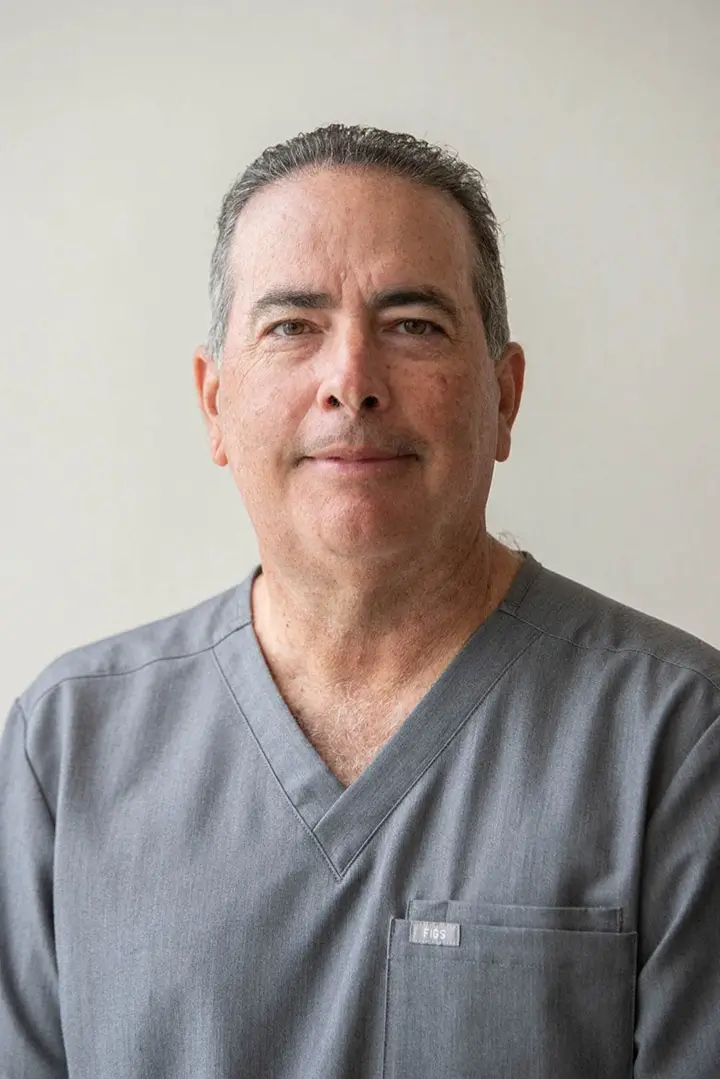Li et al. Cells Tissues Organs
It is known that administration of bone marrow cells into patients with liver failure has the ability to improve enzyme function and overall health http://www.youtube.com/watch?v=DdH6Mm4w98I. Additionally, numerous animal models have demonstrated that injection of various types of stem cells can result in regeneration of injured liver tissue. For example, Manuelpillai et al demonstrated that injection of human mesenchymal stem cells derived from the amnionic membrane into immune competent mice whose livers were damaged by carbon tetrachloride results in reduction in liver injury http://www.ncbi.nlm.nih.gov/pubmed/20447339. Even more interesting, administration of compounds that “instruct” bone marrow cells to enter circulation such as G-CSF, have been demonstrated to improve liver function and actually prevent mortality after liver injury http://www.ncbi.nlm.nih.gov/pubmed/20881764. This is relevant because G-CSF is a medication that is FDA approved and possesses a favorable safety profile.
One of the main scientific questions in the area of liver failure is whether the liver is actually “calling in” bone marrow stem cells to try to heal it after liver damage, or whether the therapeutic effects of stem cells in liver failure are an epiphenomena. In situations of cardiac damage after an acute myocardial infarction it has been demonstrated that the injured tissue causes upregulation of the protein SDF-1, which recruits bone marrow stem cells into the heart in order to promote healing. Whether similar mechanisms are at play in liver injury is not known. Part of the puzzle has to do with the fact that liver injury is a more chronic process than heart attacks and therefore recruitment of stem cells may be occurring at a much lower level. Alternatively, it is also known that chronic inflammatory processes actually suppress stem cell activity. So it may be that in chronic liver failure the stem cells are actually inhibited from possessing regenerative function.
This question was addressed in a recent study in which the gene expression profile of bone marrow cells was examined in animals with liver failure induced by administration of the hepatotoxin D-galactosamine to rats. To assess gene expression the Affymetrix GeneChip Rat Genome 230 2.0 Array was used, which quantifies gene expression of every gene in the rat genome. The scientists found that more than 87.7% of the genes/probe sets that were upregulated more than 2-fold in the bone marrow cells of rats with liver failure were also expressed by the liver cells, including 12 genes involved in liver development, early hepatocyte differentiation and hepatocyte metabolism. The concurrent upregulation of these genes was verified by the technique of reverse transcriptase polymerase chain reaction (RT-PCR).
The scientists also found that 940 genes were expressed in both the bone marrow cells of rats with liver failure and the hepatocytes of rats with liver failure but not in control cells. Specifically, many of the genes that were uprgulated in both the bone marrow and the liver seemed to be involved in regeneration of damaged tissue.
These data support the concept that the bone marrow stem cells can respond in similar ways to liver cells to injury. The hypothesis has been proposed by the authors that the bone marrow acts as a reservoir for the stem cells that are capable of regenerating liver. The mass amount of data in this publication is very interesting and requires detailed analysis to make sense of.

